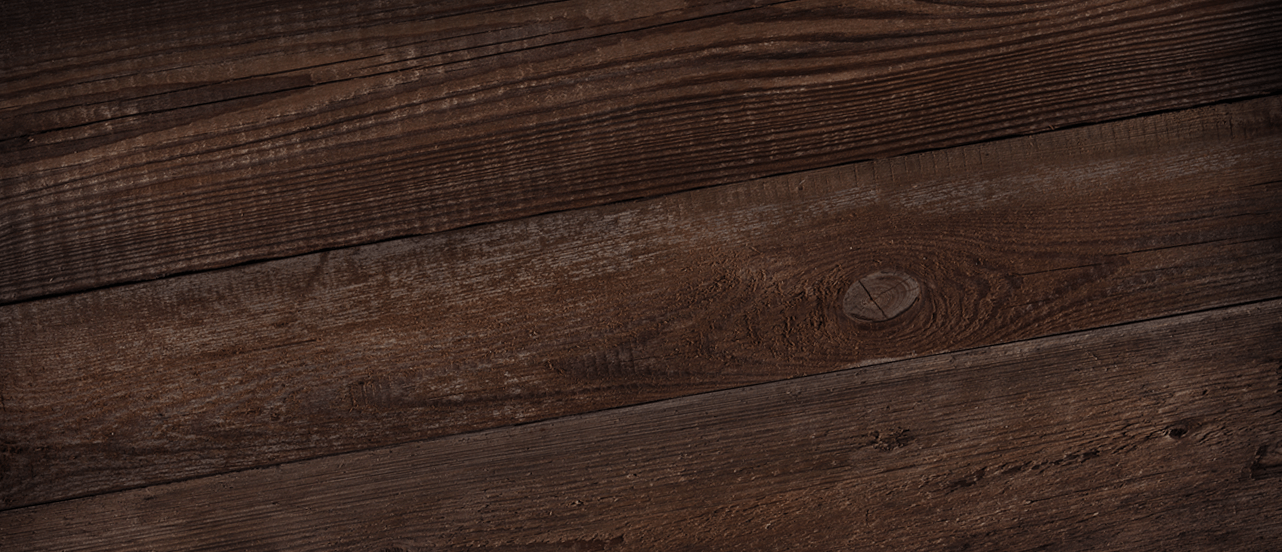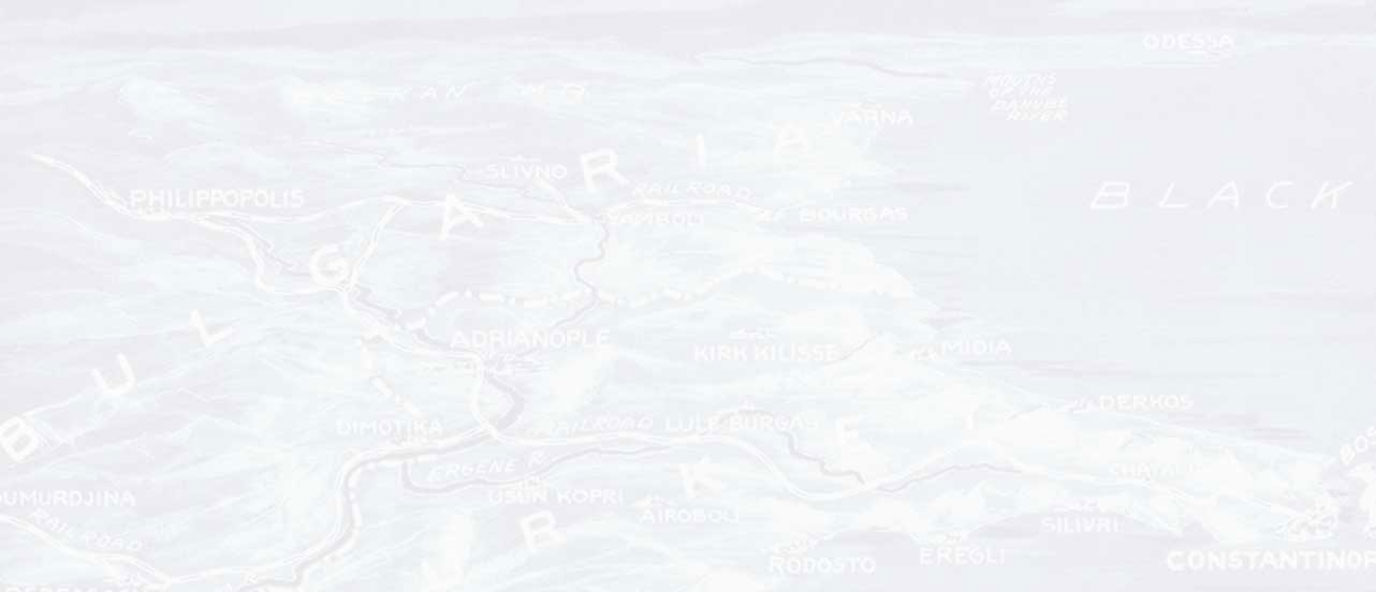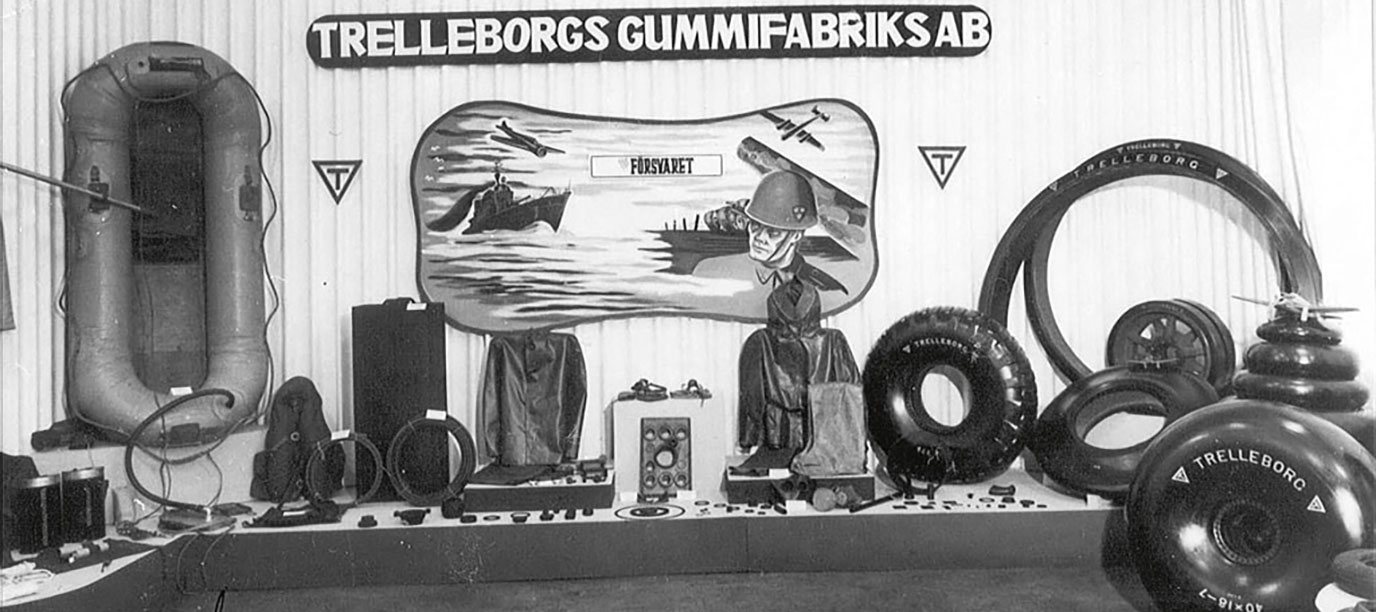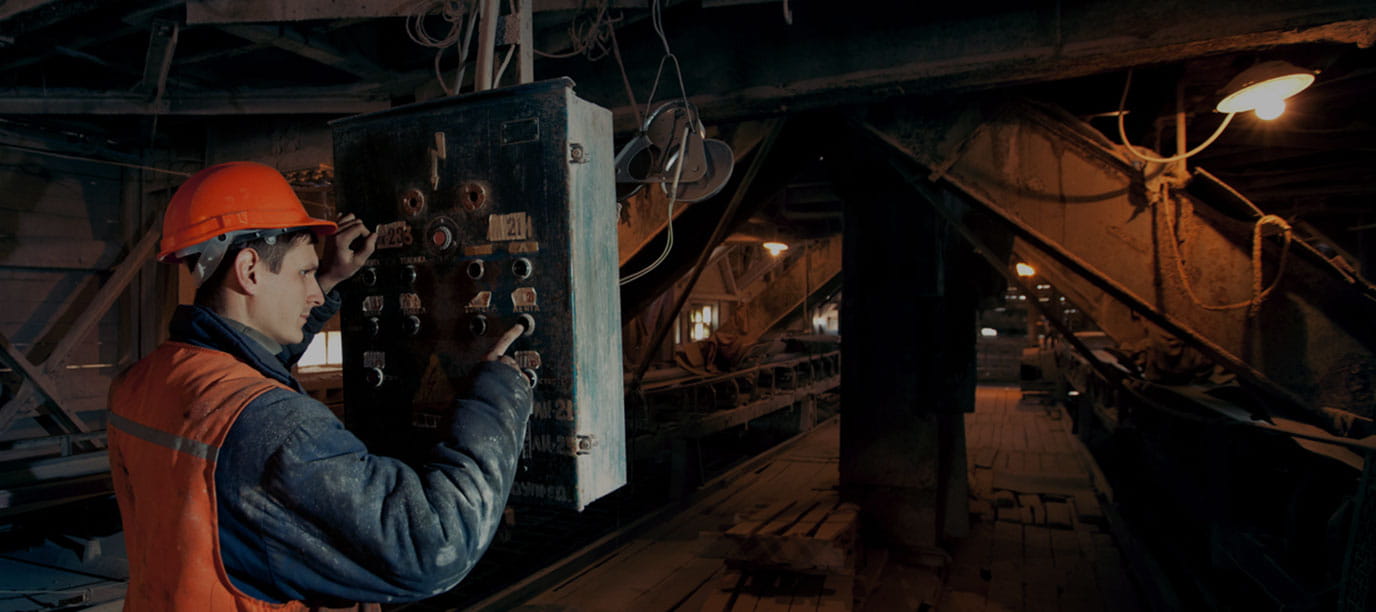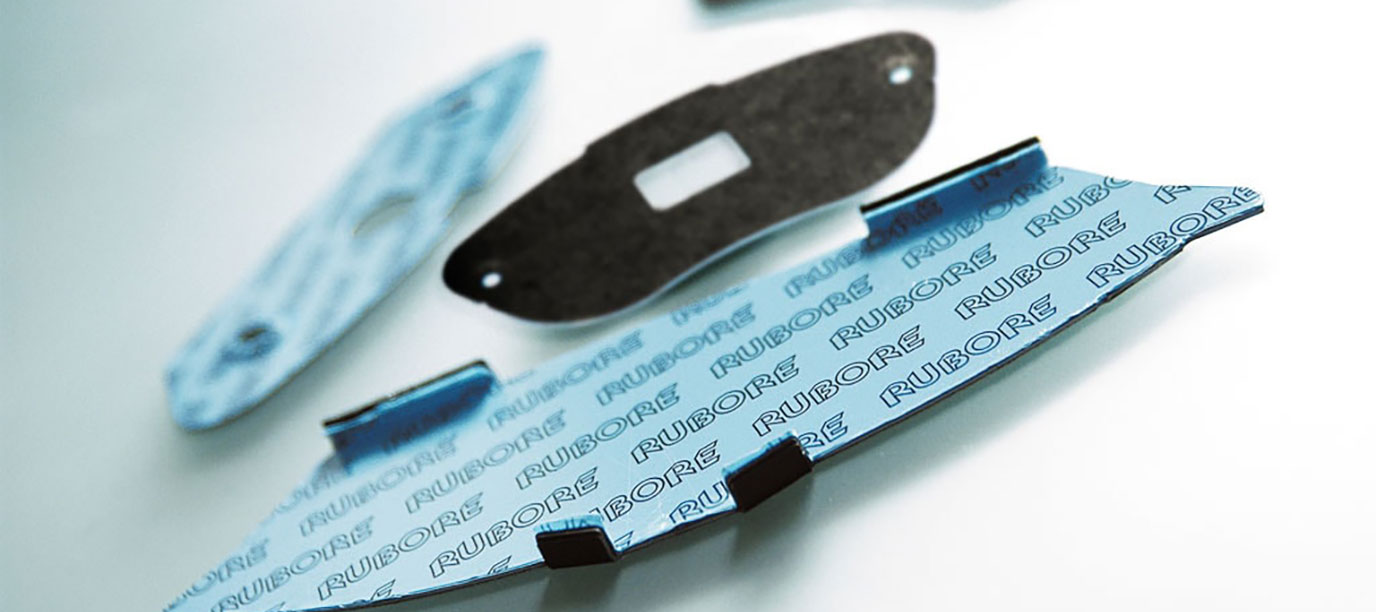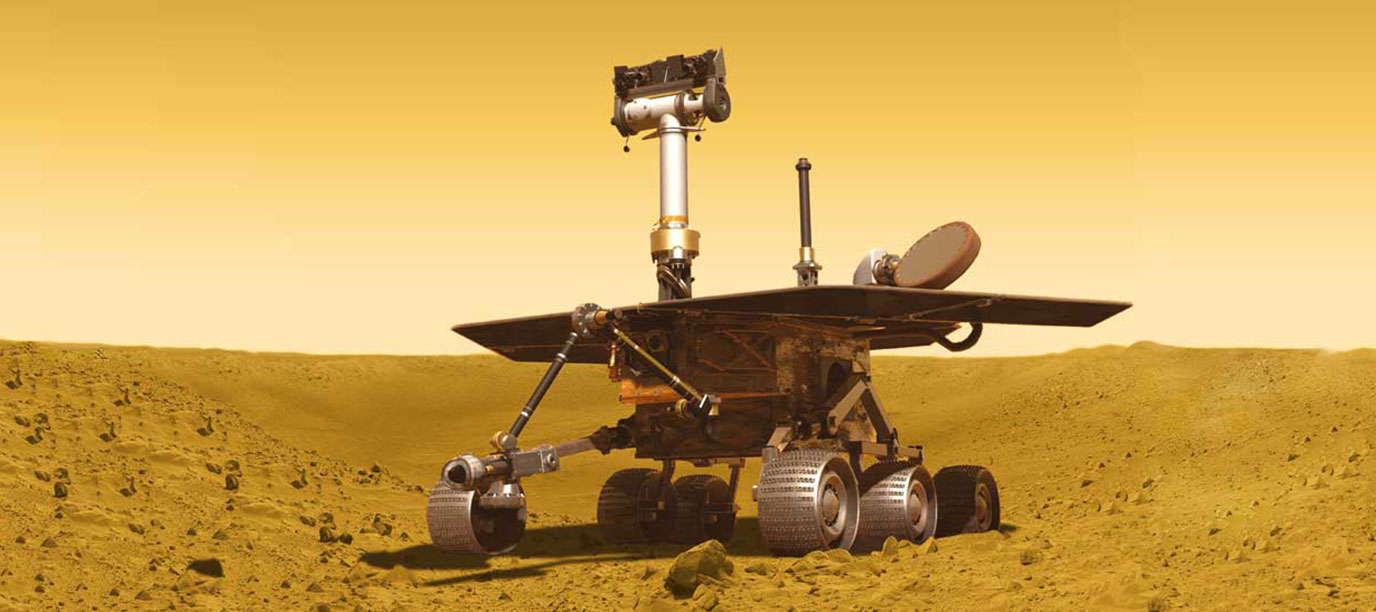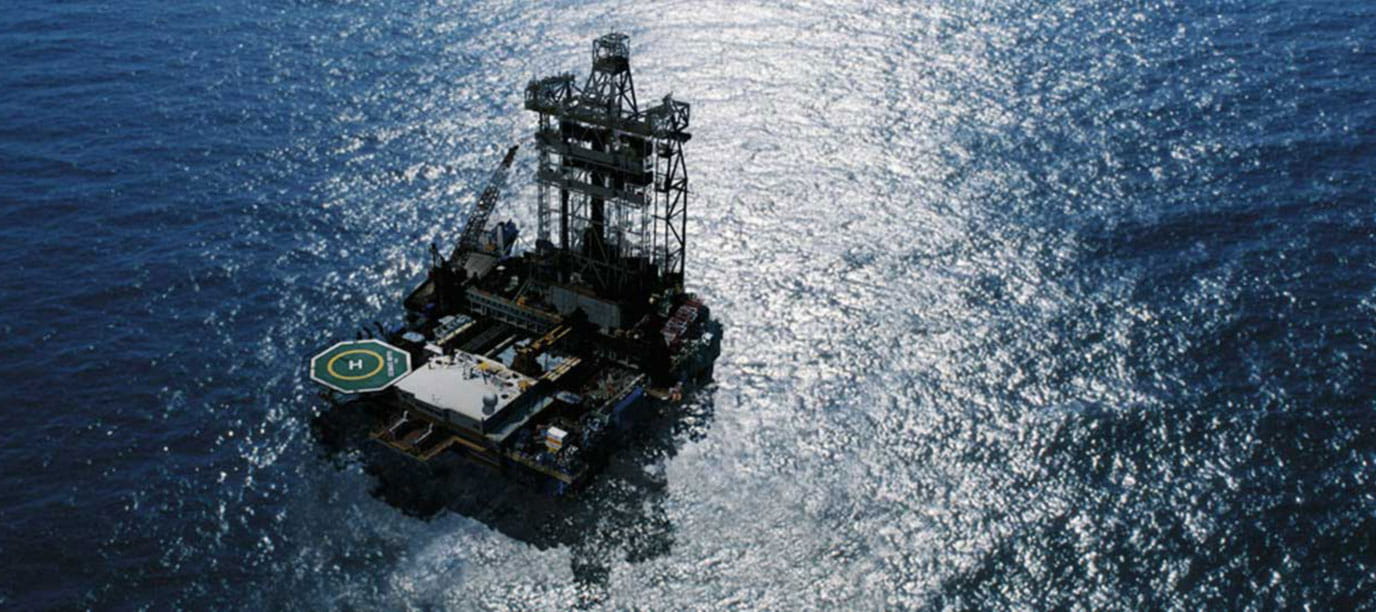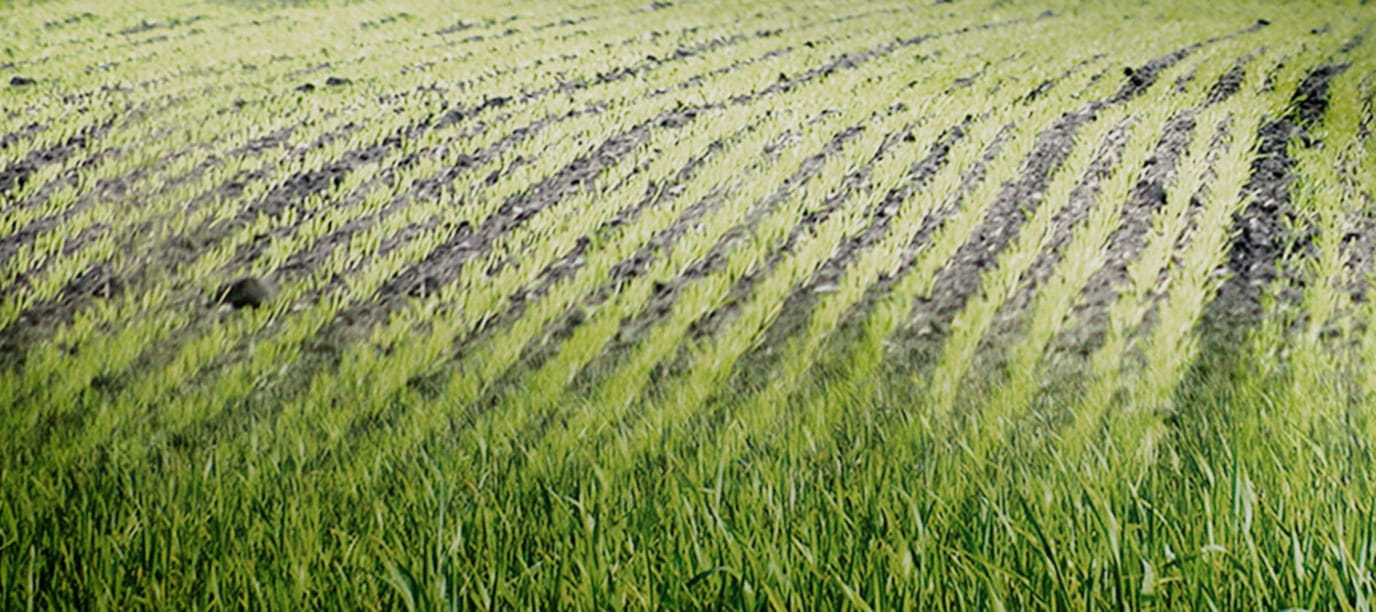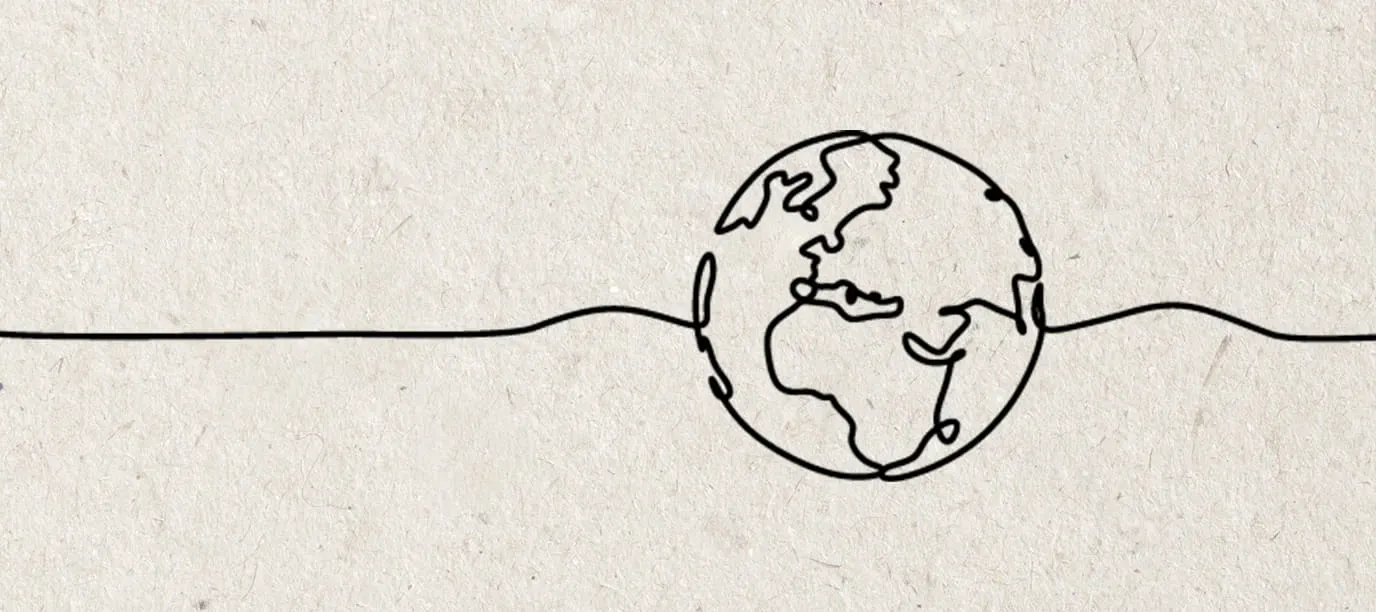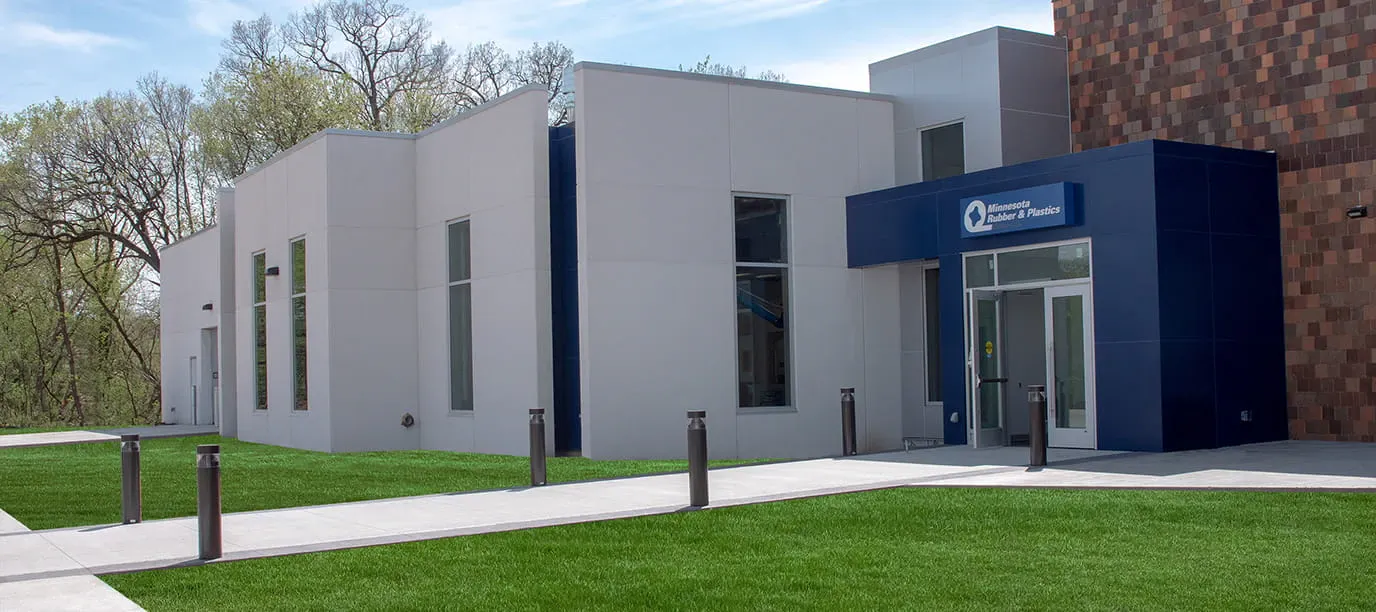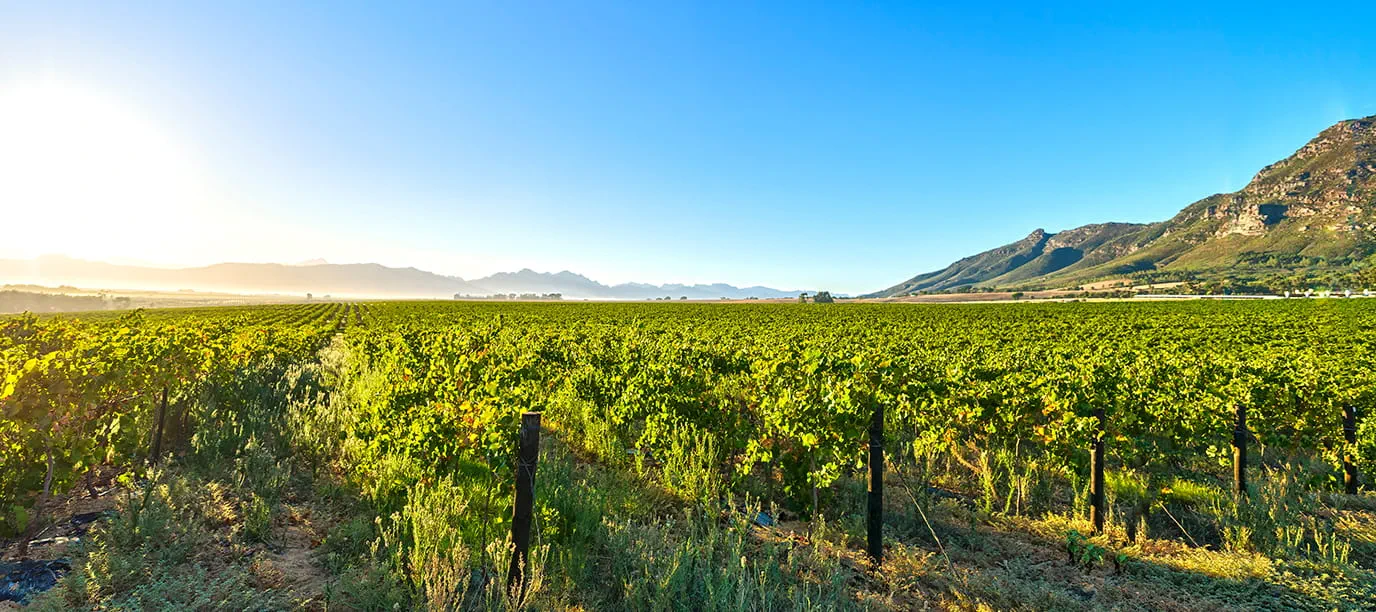Under the management of Henry Dunker, it rapidly becomes Scandinavia's leading rubber-production company, with bicycle and car tires, industrial rubber good and raincoats as its principal products.
The Trelleborg story
Trelleborg has been pioneering polymer engineering and materials technology in its chosen segments for more than a century. Read about some key chapters in the Trelleborg story.
-
1905Trelleborgs Gummifabriks AB is founded
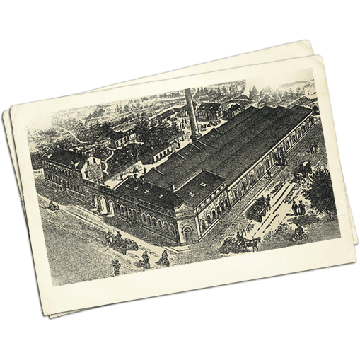
-
1914Supporting Swedish defense forcesWorld War I boosts business. The rubber-production plant is prioritized as an essential wartime operation and production focuses entirely on meeting the needs of the Swedish defense forces.
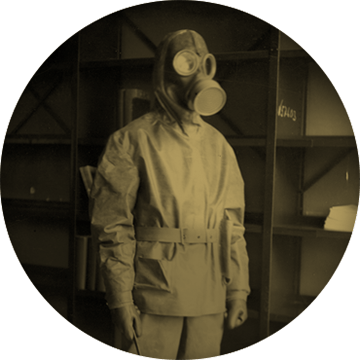
-
1930Car tires and swimming ringsThe development of motoring soon leads to car tires becoming the single largest product. Inflatable leisure articles, such as swimming rings, air mattresses and rubber boats also increase substantially.
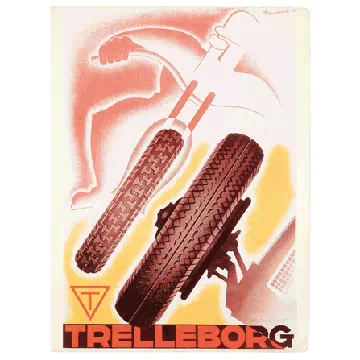
-
1939World War II entails readjusting to the production of war supplies and brings a new upswing.
-
1950Internationalization beginsInitially, a global network of agents is established, followed by proprietary companies abroad. The world’s first winter tire and Europe’s first tubeless tire are launched.
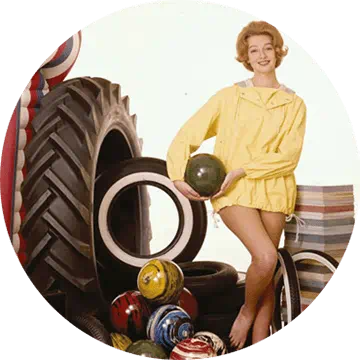
-
1962A leader passes awayHenry Dunker dies at age 92, leaving his fortune to a number of funds and foundations, which today control the majority of the voting rights in the company.
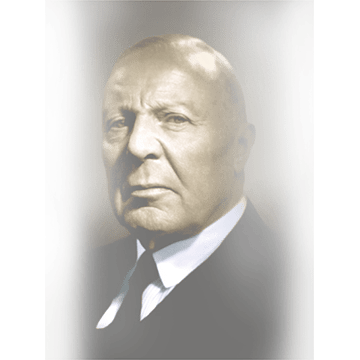
-
1970Rubber sales increasesThe proportion of sales generated by industrial rubber products increases steadily. Production of car and truck tires is phased out in 1975 due to a costly transition to radial tires, overproduction and pressure on prices. Most bicycle-tire production is also phased out.
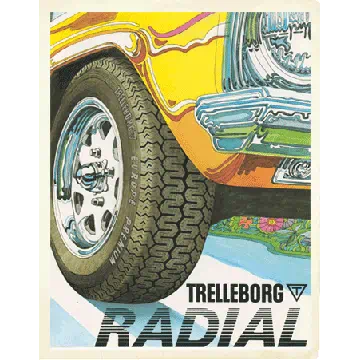
-
1983ExpansionsThe company grows from solely producing rubber products into an international conglomerate 20 times larger, in which mining and metal operations predominate, with rubber and plastics taking third place.
-
1991Streamlining Trelleborg ABA dramatic turnabout takes place. Economic conditions worsen, metal prices plummet and the Swedish construction market collapses. An extensive streamlining program is initiated and large parts of operations are divested.
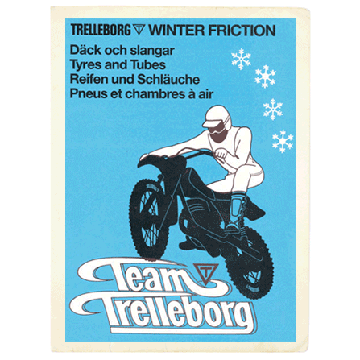
-
1994New logoThe logotype is supplemented with three unfilled triangles, which symbolize the expansion of the group. Today they also represent the Group's four core values customer focus, performance, innovation and responsibility.
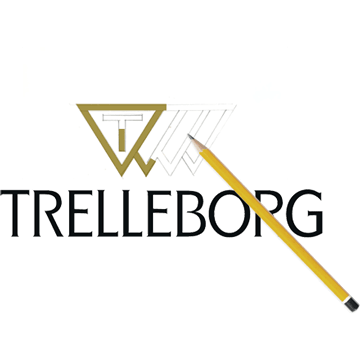
-
1995Focus on rubber operationsThe company is debt-free and there is broad scope for new investments. Emphasis is now placed on rubber operations, which expand strongly through company acquisitions.
-
1999Focus on industrial sectorA new strategic focus is launched. Operations are focused entirely on the industrial sector, which grows through major company acquisitions. All other operations are phased out.
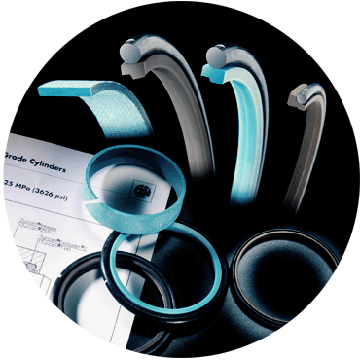
-
2003Acquisition of Smiths Group Plc established Trelleborg Sealing Solutions business areaAcquisition of Smiths Group Plc's polymer-based precision seals business, which forms the Trelleborg Sealing Solutions business area. Trelleborg Group grows by SEK 5.5 billion in sales and by 6,000 employees primarily in Europe and North America.
-
2005Celebrating 100 yearsTrelleborg AB celebrates its centenary. The remainder of the Distribution sector is divested. Growth in the Industrial sector was primarily a result of three major acquisitions from UK-based companies: Invensys’ antivibration operations, Laird Group’s automotive components business and Smiths Group Plc’s operations within polymer-based precision seals. Trelleborg was now one of the world’s largest industrial rubber companies with production in some 100 facilities in 40 countries. Sales totaled slightly more than SEK 24 billion, with a workforce totaling around 21,700 persons.
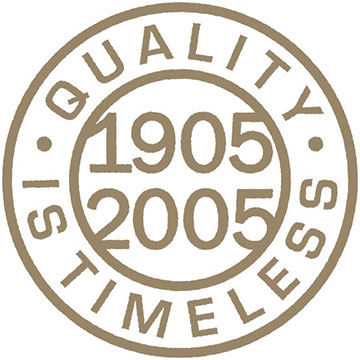
-
2006New acquisition makes Trelleborg a market leader
Acquires American Reeves Brothers and becomes a global leader in polymer engineered coated fabrics, used in application areas such as aerospace. CRP Group, active within offshore oil & gas, is being acquired and stays within Trelleborg until 2021.
-
2008Trelleborg is the world’s largest industrial rubber company.Sales total approximately SEK 31 billion and the company employs around 24,000 people. Acquisition of American business MacDermid Offset Printing Blankets strengthens Trelleborg's leading position in the field of printing blankets, polymer-coated composite fabrics designed in several layers for use in commercial offset printing.
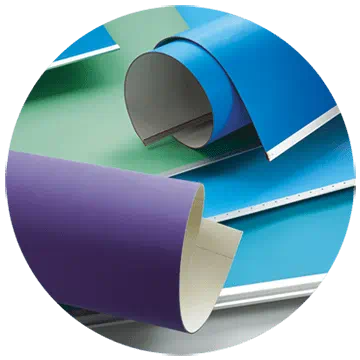
-
2012Joint ventureThe TrelleborgVibracoustic joint venture is formed between Trelleborg’s former business area Trelleborg Automotive and Freudenberg’s corresponding operation in antivibration solutions for light and heavy vehicles, Vibracoustic. The company is owned in equal shares by the partners and is renamed in April 2016 to Vibracoustic.
In summer 2016, Trelleborg divests all of its shares to Freudenberg. As a result of the transaction, Trelleborg concludes a successful journey for the former business area.
-
2014Trelleborg AB in healthcare & outdoor recreationTrelleborg acquires Uretek Archer LLC Group and grows within polyurethane-coated fabrics and rubber-coated fabrics in North America. Their products and solutions are used across multiple segments, such as aerospace, healthcare, outdoor recreation, government and defense.
-
2016Acquisition of Czech industrial GroupFinalizes the acquisition of CGS Holding – a privately-owned company with leading positions in agricultural, industrial and specialty tires as well as engineered polymer solutions. The acquisition means that Trelleborg almost doubles its sales in agricultural tires, strengthens its leading position in industrial tires and adds new positions in complementary specialty tires segments. CGS’s engineered polymer solutions add new interesting positions as well as strengthen Trelleborg’s existing leading positions in several of the Group’s current business areas.
-
2019Growing within Healthcare & MedicalThrough acquisitions and in-house expertise within polymer components Trelleborg grows within Healthcare & Medical. The Group has now a competitive platform and critical mass for global organic initiatives in the segment moving forward.

-
2020Protecting the EssentialThe ”20 by 20” climate target is achieved with a good margin, illustrative of Trelleborg's commitment to sustainable operations. The target was a 20-percent reduction in CO2 emissions relative to sales, with 2015 as the base year.
-
2021Strong performance and ambitious goalsThe Group consists of more than 21,000 employees in 48 countries and enjoys record-high sales and earnings. New, raised sustainability goals are set as Trelleborg aspires to be a sustainability leader in the industry.
-
2022Strategic position in fast-growing segments
Trelleborg acquires Minnesota Rubber & Plastics and thereby strengthens its positions in several fast-growing industries such as medical equipment, water management and food & beverage, as well as in several industrial applications.
-
2023A historic repositioning
Trelleborg divests the Group's tire operations and printing blanket operations. The decisions fundamentally change Trelleborg and lead to a historic repositioning and a better growth and sustainability profile.
